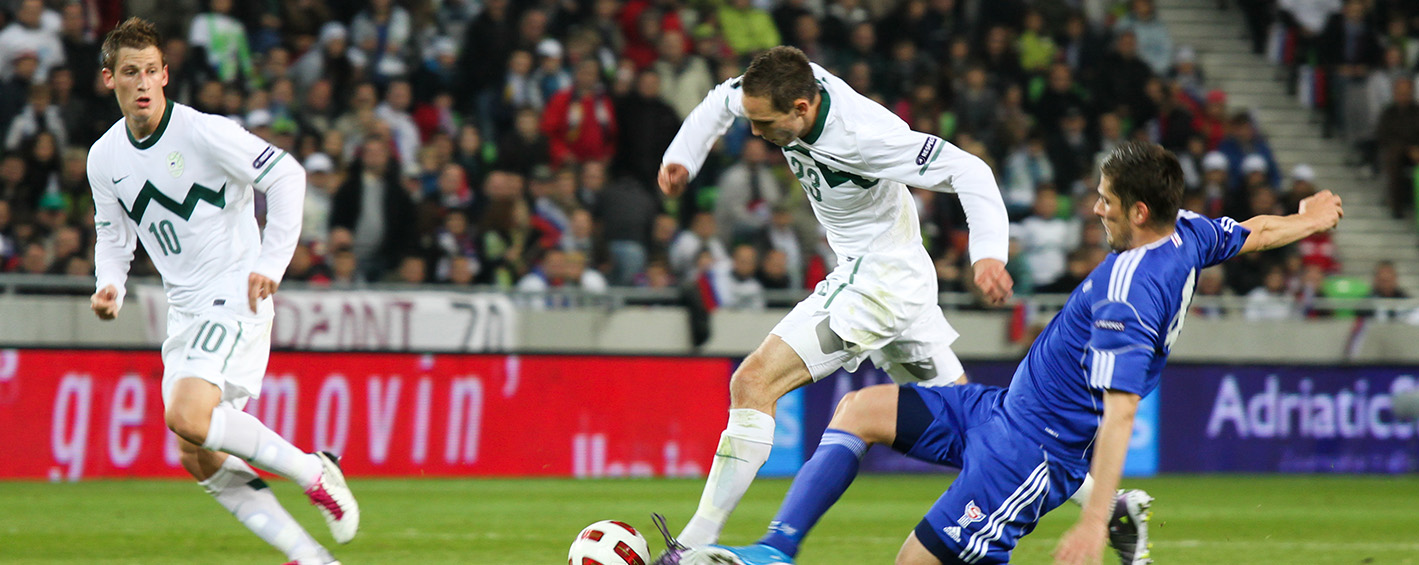Share it
Coaching youth soccer players to create space is essential for developing their tactical awareness, movement off the ball, and overall game intelligence.

Here’s the best approach to coaching creating space:
1. Teach Positioning and Spacing:
- Basic Awareness: Start by explaining the importance of space in soccer—how it creates opportunities to receive the ball and avoid pressure. Use simple drills to show players how positioning affects passing options and team shape.
- Spread the Field: Encourage players to maintain good width and depth when their team is in possession. This makes the field bigger, opens up passing lanes, and forces the opposition to spread out.
2. Movement Off the Ball:
- Check to the Ball: Teach players to move towards the ball when a teammate is in possession, helping create passing options and drawing defenders away from other players.
- Making Runs: Help players understand the importance of making diagonal or overlapping runs to stretch the defense and create space for themselves or others.
- Double Movements: Introduce the concept of double movements, where players first move one way to deceive defenders, then change direction to find space.
3. Communication:
- Emphasize verbal and non-verbal communication (e.g., pointing or calling for the ball). Teach players to ask for the ball in space or direct teammates to make runs into open areas.
4. Using the Third Man:
- Introduce the concept of the “third man,” where one player makes a pass to a teammate, but another teammate moves into the space to receive the next pass. This movement requires anticipation and coordination but is highly effective in creating space.
5. Small-Sided Games and Positional Drills:
- Rondo Games: Use rondo drills where players outnumber defenders, forcing them to move into space and play quick passes. This helps players identify where space is and how to move into it.
- Small-Sided Games (4v4, 5v5): In small-sided games, the reduced space encourages players to work harder off the ball to create passing options. This naturally teaches them to move into space under pressure.
6. Positional Rotation:
- Rotate positions during training to help players understand how to find space in different roles (e.g., winger, midfielder, forward). This enhances their awareness of the entire field and teaches them how each position can create space for others.
7. Recognizing Space:
- Use video analysis or freeze-frame moments in training to show where space is available on the field. This helps players develop the ability to see and anticipate space, making it easier to create opportunities during matches.
8. Encourage Quick Decision-Making:
- Teach players to make quick decisions, whether it’s a quick pass, dribble, or movement. The faster they recognize where space is, the more effective they will be at creating and exploiting it.
9. Overloading the Opponent:
- Teach players to overload certain areas of the field (e.g., creating 2v1 situations on the wings). This forces the opponent to react, creating space in other areas of the pitch.
Key Takeaways:
- Constant Movement: Players should always look to move into open spaces and avoid being static.
- Timing is Key: Teach players that well-timed runs are more effective than simply moving for the sake of it.
- Think Ahead: Encourage players to think two steps ahead—anticipating where space will be before they receive the ball.
By combining technical drills with game-like situations, you’ll help players learn how to create and exploit space on the field.